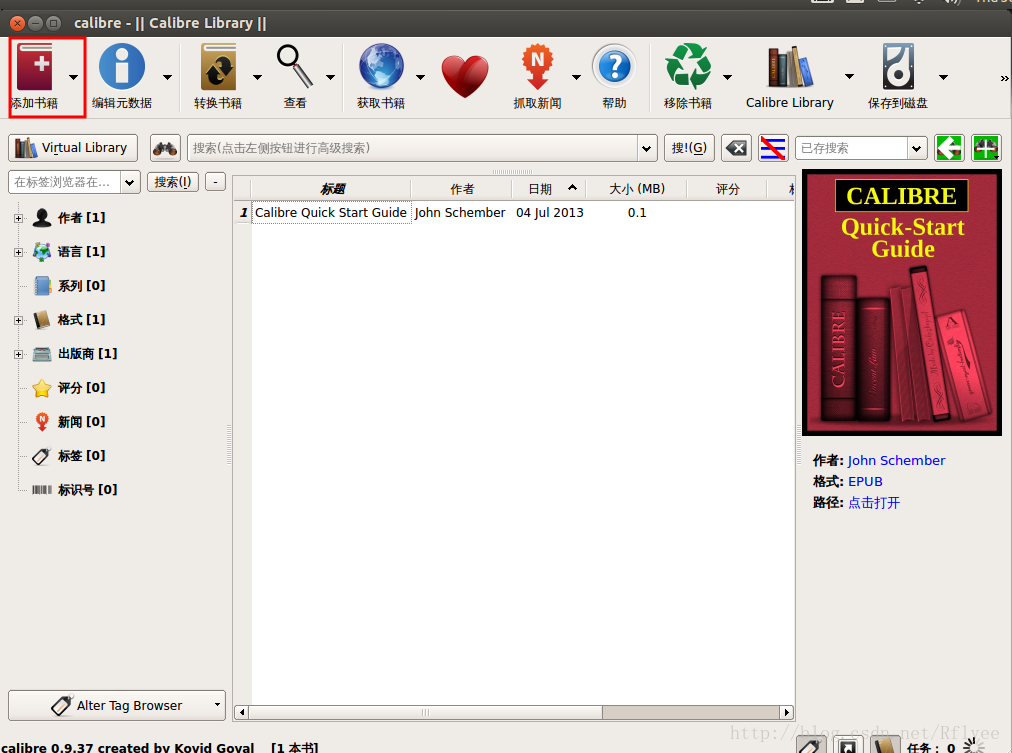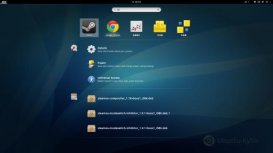There are many ways to control brightness. According to this discussion[1] and this wiki page [2], the control method could be divided into these categories:
brightness is controlled by vendor specified hotkey. And there is no interface for OS to adjust brightness.
brightness is controlled by OS:
brightness could be controlled by ACPI
brightness could be controlled by graphic driver.
All methods expose themselves to the user by /sys/class/brightness. And xrandr/xbacklight could use this folder and choose one method to control brightness. But it is still not very clear which one xbacklight prefers by default. See FS#27677 for xbacklight, if you get "No outputs have backlight property." There is a temporary fix if xrandr/xbacklight does not choose the right directory in /sys/class/brightness: You can specify the one you want in xorg.conf by setting the "Backlight" option of the Device section to the name of that directory
brightness is controlled by HW register throught setpci
ACPIIt is often possible to adjust the backlight by ACPI. This controls the actual LEDs or cathodes of the screen. When this ACPI option is available, the illumination is controllable using a GUI slider in the Display/Screen system settings or by simple commands on the CLI.
Different cards might manage this differently. Check /sys/class/backlight to find out:
# ls /sys/class/backlight/intel_backlight
So this particular backlight is managed by an Intel card. It is called acpi_video0 on an ATI card. In the following example, acpi_video0 is used.
The directory contains the following files and folders:
actual_brightness brightness max_brightness subsystem/ uevent
bl_power device/ power/ type
The maximum brightness (often 15) can be found by running cat:
# cat /sys/class/backlight/acpi_video0/max_brightness
15
Brightness can then be set (as root) with echo. Obviously you cannot go any higher than your screen's maximum brightness. The values for maximum brightness and brightness in general vary wildly among cards.
# echo 5 > /sys/class/backlight/acpi_video0/brightness
Sometimes ACPI does not work well due to different motherboard implementations and ACPI quirks. This include some models with dual graphics (e.g. Nvidia-optimus/Radeon with intel (i915)) and some examples with this problem in notebooks such as Dell Studio, Dell XPS 14/15/17 and some Lenovo series, Kamal Mostafa kernel developer make patches for solved this issue included after 3.1 kernel version. You can try adding the following kernel parameters in your bootloader(grub, syslinux...) to adjust ACPI model:
acpi_osi=Linux acpi_backlight=vendor
or
acpi_osi=Linux acpi_backlight=legacy
acpi_backlight=vendor will prefer vendor specific driver (e.g. thinkpad_acpi, sony_acpi, etc.) instead of the ACPI video.ko driver.
看了这个之后,很显然,问题就在于acpi_backlight=vendor will prefer vendor specific driver (e.g. thinkpad_acpi, sony_acpi, etc.) instead of the ACPI video.ko driver.
所以我们只要sudo nano /etc/default/grub,
GRUB_CMDLINE_LINUX="“改为GRUB_CMDLINE_LINUX="acpi_osi=Linux acpi_backlight=vendor"重启即可,注意大小写Linux的L为大写。
然后sudo update-grub && sudo reboot
本文来源:博客园 作者:浮沉雄鹰
ubuntu亮度无法自动调节终极解决方法
2019-11-20 21:41博客园浮沉雄鹰 Ubuntu
关于ubuntu亮度无法自动调节的问题,纠结了我快两年,主要是自己懒,写了个脚本来调节亮度,不过还是稍显不便。近日兴起折腾了一番,终于找到问题根结了
延伸 · 阅读
- 2019-11-20Ubuntu Server Rsync服务端与Windows cwRsync客户端实现数
- 2019-11-20Ubuntu12.04下无法使用中文输入法的解决方法
- 2019-11-20Ubuntu 12.04下解决Tomcat自启动问题(每次启动都要在
- 2019-11-19Ubuntu16.04.1 安装Nginx的方法
- 2019-11-19如何在Ubuntu下搭建tftp服务器(最简单的安装配置
- 2019-11-19Ubuntu Server使用ant批量打包apk环境搭建
- Ubuntu

ubuntu12.04环境下使用kvm ioctl接口实现最简单的虚拟机
qemu、virtual box、vmware、xen都是虚拟机,一般用户接触到的virtual box和vmware比较多,都是用来ubuntu中跑windows,或者windows中跑ubuntu的。这篇文章给大家介绍了...
- Ubuntu

ubuntu怎么开启root帐号 ubuntu 开启root帐号方法图解
ubuntu怎么开启root帐号?ubuntu 的root账户具有最高的系统权限,它类似于windows系统中的管理员账号,但是比windows系统中管理员账号的权限更高,一般都情况...
- Ubuntu

Ubuntu下电子书软件Calibre安装使用教程
这篇文章主要介绍了Ubuntu下电子书软件Calibre安装使用教程,将pdf格式的电子书转化为epub等格式,Calibre是最好的选择,Calibre支持windows、Linux、OS X等系统,需要的...
- Ubuntu

Ubuntu 15.10安装之后需要做什么
当Ubuntu 15.10 Wily Werewolf下载安装完成后并未万事大吉,要想使用顺手还得做诸多改造以符合自己的使用习惯,下面告诉大家哪些配置需要修改。...
- Ubuntu

debian下openvz和kvm同机部署安装方法
openvz目前还是建议用debian6官方源里的包。兼容性好 ...
- Ubuntu

Ubuntu 14.04 系统下安装 SteamOS 会话的方法
本文将告诉你如何在Ubuntu 14.04上安装steamos会话,以使用户的SteamOS 大图片模式直接从lightdm GTK迎宾开始进入 ...
- Ubuntu

Ubuntu 14.04 用户如何安装深度音乐播放器和百度音乐插件
深度音乐播放器(Dmusic)+ 百度音乐插件=酷狗,播放本地音乐或者收听国外的音乐电台,有深度音乐播放器,这是一款完全为中国人开发的音乐播放器,但...
- Ubuntu

在Debian系统上安装ISC DHCP服务器的详细教程
这篇文章主要介绍了在Debian系统上安装ISC DHCP服务器的详细教程,同时也适用于Ubuntu等其他的Debian系的Linux系统环境下借鉴,需要的朋友可以参考下...










